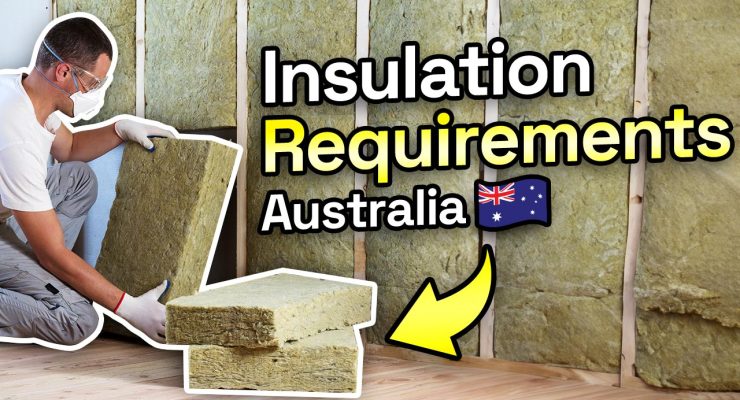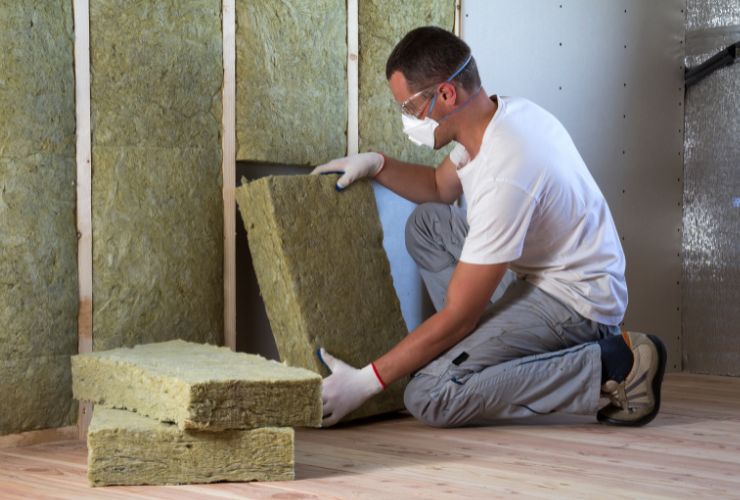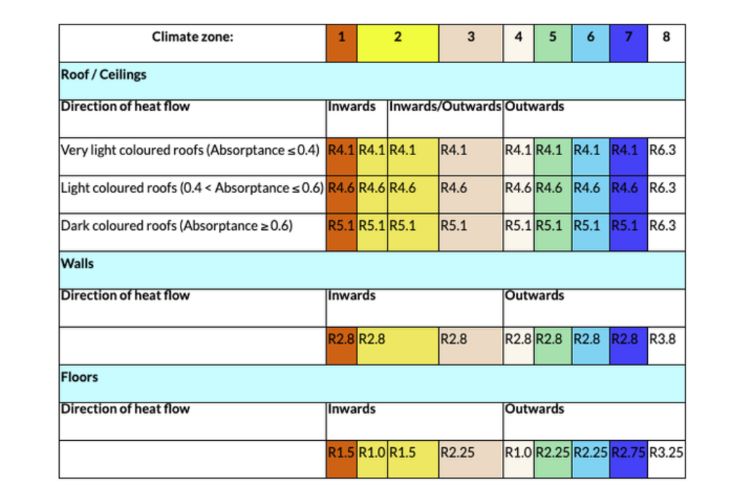
Fast read
Insulation is a key component of any home, helping to maintain comfortable average temperatures and reduce energy bills. However, proper installation is crucial to ensure effectiveness and safety.
Different types of insulation require different levels of experience to install, with some requiring professional installation. Building code regulations and climate zones also need to be considered when installing insulation, and planning permission may sometimes be required. Determining the correct R-value for your home is important. Based on the climate zone dwelling type and follow manufacturer instructions for installation.
Ventilation and moisture management should also be considered to avoid issues such as condensation and mould. Again, consulting an expert before installing insulation is recommended to ensure it is done correctly.
What do I need to know about insulation standards and installation?
Insulation is a critical part of any residential home, aiming to keep heat inside during winter and outside during summer.
The number of benefits insulation provides the homeowner, and the home itself is fantastic. This is why insulation is worth it for everyone, and if your home is not insulated. You should get onto it as soon as possible.
However, insulation is not just a simple lay-it-down and hope for the best installation. Instead, it requires specific standards to be followed to minimise the risk of condensation or fire. Poor insulation installation will also limit its effectiveness, so always opt for professional insulation installers.
The insulation standards in the Building Code of Australia (BCA) applied to home insulation can sometimes be considered complicated.

Insulation fitment
Insulation must conform to building standards if it is fitted after or during construction. For example, if loft insulation is to be used in a renovation, over 20% of the roof has been replaced, then it must comply with building regulations. It is also important that ventilation is not blocked at the edges.
For insulation purposes, Australia is divided into different climate zones. Each climate zone has its particular insulation installation standards. Furthermore, other States and Territories also have exceptions to the BCA requirements, making the process just a little more complicated.
If you add insulation materials to a building already in existence, it is usually not required to have planning permission. As long as the exterior appearance of the property does not change. You may need permission to make changes to your property if it is listed or in a heritage area. To be safe, contact a professional to determine if you need permission for the insulation you intend to install.
Although insulation can prevent dampness, it won’t help to eliminate already present water. Hiring an expert is a good idea if you think your home might have dampness before adding insulation.
If you plan on installing insulation, whether by yourself or a professional. We recommend consulting an expert beforehand is recommended.
How do I get my home adequately insulated?
Start by determining the R-values needed for different parts of your home within your specific region. This is done by understanding what climate zone you are located in, as well as what dwelling type is getting insulated.
The R-value describes an insulation product that resists heat flow. The higher the R rating, the better the insulating qualities of the product.
It is also important to note that the R-values in Australia, New Zealand, and Europe are metric compared to those in the United States. Considering the R-value when buying products from different countries is important.
For instance, if you buy an American product with a high R-value, or if you live in the US and purchase products from Europe or Australia.
R-value factors
Another important note to consider is that the R-value is determined by several factors aside from the product. For instance, things like brick walls or other thermal resistance can also impact the R-value of insulation.
This is why it is essential to read the insulation label in detail and install it precisely as the manufacturer specifies. For example, suppose you installed to the R-value requirements of your location but did not follow installation instructions. As a result, your insulation may not be as effective as it could have been.
Below is a table exploring the R-value requirements of different wall cavities, roofs and floors. However, as stated above, explore the specific requirements for your State or Territory through a government website or a local insulation installer, who can advise you about the most suitable product for your needs.



